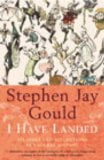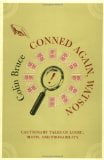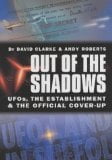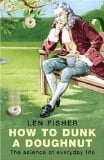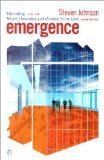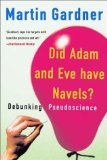 XTL: Life in Space and How to Find It
XTL: Life in Space and How to Find It
by Simon Goodwin and John Gribbin
Weidenfeld and Nicholson, £12.99, ISBN 1-84188-193-7
The authors of this book are both astronomers and are therefore more interested in how and where life-supporting planets might be found in our galaxy, than in what form that life might take. This enables them to avoid the difficult question of how we would decide whether apparently organic structures which were completely new to us were, in fact, “living”. That aside, this is a clearly written and well-illustrated introduction to the search for extraterrestrial intelligence (SETI). There is a minimum of mathematics, but we are given the Drake equation, which enables anyone to make their own estimate of the probability that there are habitable and inhabited planets out there. Readers without some basic knowledge of physics might find the going hard here and there.
Goodwin and Gribbin start with some well-established assumptions (from as far back as the ancient Greeks): that there is nothing special about our solar system, that planetary systems like ours are common throughout the Galaxy and that life in some form exists on a large number of planets orbiting other stars. They also, however, mention Fermi’s Paradox – if there are other advanced civilizations, why have they not already visited us, or made their presence known? – and they try to resolve it.
For this reader, the best part of the book is the final section, “Searching for Civilizations,” which deals with existing and future SETI projects, using radio telescopes and long distance probes such as the endlessly self-replicating “Santa Claus machines”. Sadly, this chapter is a too brief and hurried summing up, and the book feels incomplete as a consequence.
In mitigation, the last page does list a number of relevant Web addresses which provide the latest planetary news, including one on which you can get a screensaver which will set your PC to work when you are not using it, analyzing data looking for SETI radio signals. When the first message comes through, it could be to you.

